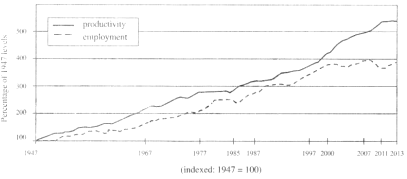0 148502 148510 148516 148520 148526 148528 148532 148538 148540 148546 148552 148556 148558 148562 148568 148570 148576 148580 148582 148586 148588 148592 148594 148596 148597 148598 148600 148601 148602 148604 148606 148610 148612 148616 148618 148622 148628 148630 148636 148640 148642 148646 148652 148658 148660 148666 148670 148672 148678 148682 148688 148696 151629

